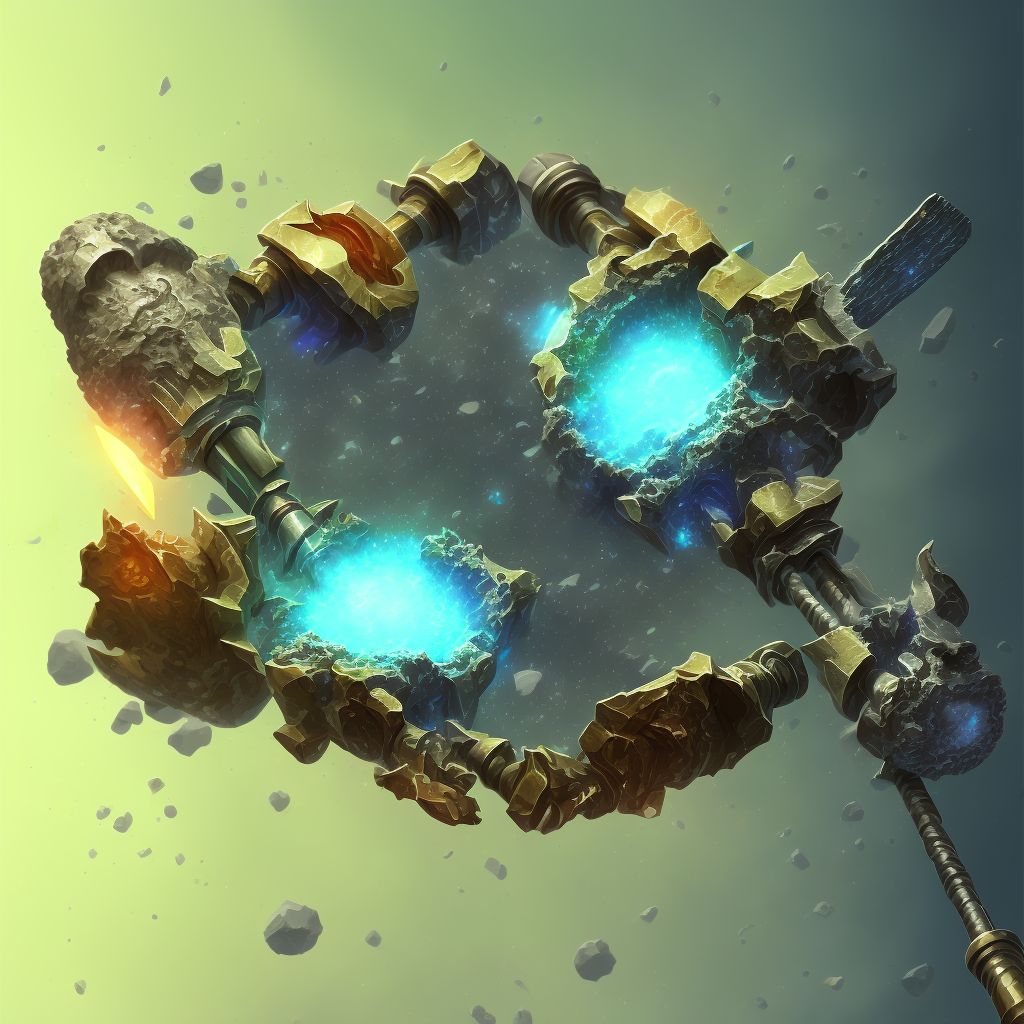
Nondisplaced comminuted fracture of shaft of left tibia, subsequent encounter for open fracture type I or II with nonunion Save
ICD-10 code: S82.255M
Disease category: S82.255: Nondisplaced comminuted fracture of shaft of left tibia
Nondisplaced Comminuted Fracture of Shaft of Left Tibia: Understanding Open Fracture Types and Nonunion
A nondisplaced comminuted fracture of the shaft of the left tibia can be a severe injury requiring medical attention. In some cases, this fracture may progress to an open fracture type I or II with nonunion, which further complicates the healing process. In this article, we will discuss the types of open fractures and nonunion associated with this injury.
Open fractures are characterized by a break in the skin overlying the fracture site, exposing the bone to the external environment. Type I open fractures involve a clean wound less than 1 cm in size and minimal soft tissue damage. Type II open fractures have a larger wound, typically caused by more significant trauma, with moderate soft tissue injury.
Nonunion refers to the failure of the fractured bone to heal within the expected time frame. It can occur when there is insufficient blood supply to the fractured area, infection, inadequate immobilization, or poor nutrition. In the case of a nondisplaced comminuted fracture of the shaft of the left tibia, nonunion can be a potential complication.
Patients with this type of injury may experience pain, swelling, and difficulty walking. It is crucial to seek medical attention promptly to prevent further complications and promote proper healing. Medical professionals will perform a thorough examination and may order imaging tests, such as X-rays or CT scans, to assess the severity of the fracture and determine the appropriate course of treatment.
- Rest: Immobilization of the affected leg using a cast, brace, or splint is essential to promote healing and prevent further damage.
- Pain management: Pain medications may be prescribed to alleviate discomfort during the healing process.
- Monitoring and follow-up: Regular check-ups with healthcare providers will ensure proper healing and identify any signs of nonunion or complications.
It is important to note that this article does not provide specific treatment recommendations. Each case is unique, and treatment plans should be tailored to the individual's condition and medical history. Consulting with a healthcare professional is necessary to receive personalized advice and appropriate treatment for a nondisplaced comminuted fracture of the shaft of the left tibia with subsequent open fracture type I or II with nonunion.
Treatment of Nondisplaced comminuted fracture of shaft of left tibia, subsequent encounter for open fracture type I or II with nonunion:
Treatment Options for Nondisplaced Comminuted Fracture of Shaft of Left Tibia, Subsequent Encounter for Open Fracture Type I or II with Nonunion
Dealing with a nondisplaced comminuted fracture of the shaft of the left tibia can be a challenging situation, especially when it involves an open fracture type I or II with nonunion. However, there are several treatment options available ...
To see full information about treatment please Sign up or Log in